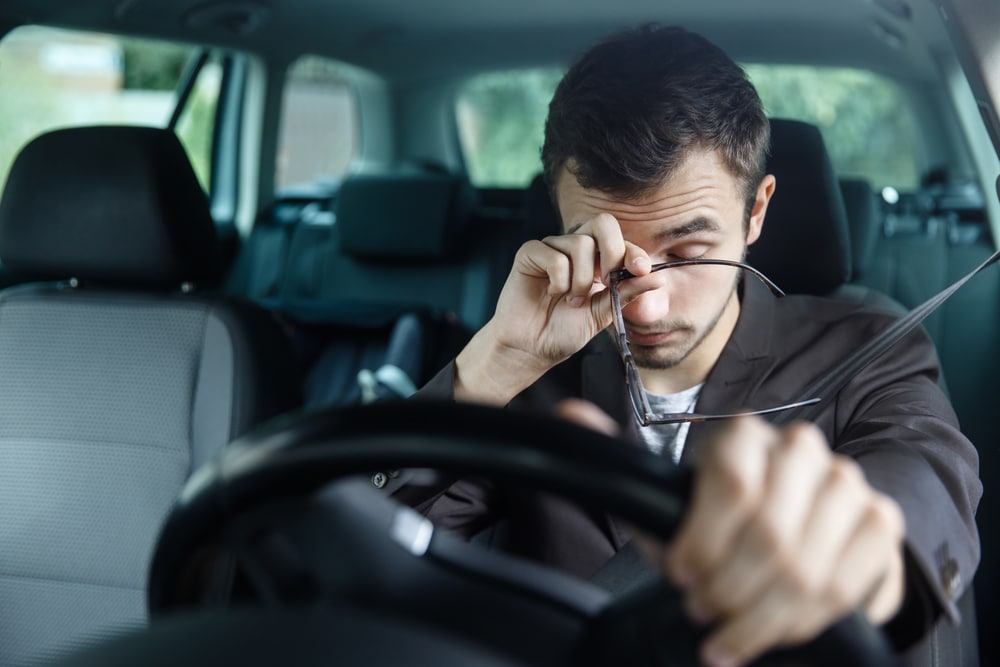There are many potential causes for vehicle accidents that take place on the road, and one that doesn’t get enough attention in general is drowsy driving. A huge percentage of US drivers have driven while drowsy or even fallen asleep while driving a car, a wildly dangerous action that puts not only your own life but other lives in danger.
At the offices of William Rawlings & Associates, drowsy driving cases are just one of many auto accident injury cases our attorneys help handle for clients who deserve compensation based on injury due to another’s negligence. Drowsy driving absolutely counts as a form of negligence; let’s go over the facts behind why it’s dangerous, plus its signs and how it plays in personal injury cases.

Is Drowsy Driving Really Dangerous?
Simply put: Yes. Drowsy driving is absolutely dangerous, both for you and those on the road around you. The National Sleep Foundation (NSF), which we’ll cite again momentarily for some numbers on drowsy driving, tells us that anyone driving after being awake for at least 18 hours consecutively is driving under effects similar to that of a .05 blood alcohol concentration – that’s the current legal alcohol limit in the state of Utah, one for which you can receive a DUI.
After 24 hours of being awake, this number increases to a .10 BAC, double the legal limit for driving in Utah. This means your reaction time will be slower, your judgment will be impaired and you will not make the proper decisions as a driver.
Drowsy Driving Numbers
Per the NSF, the numbers behind drowsy driving are startling and worrisome. Roughly 60% of drivers surveyed in one of their polls said they have driven while drowsy at some point, and a full 37% said they have actually fallen asleep while driving. Many say they cannot tell if they’re about to fall asleep while driving.
Signs of Drowsy Driving
There are many potential signs that you might be too tired to drive. These include common yawning, snapping in and out of attention based on vibrations of the vehicle, and not having a clear memory of the areas you just drove through.
If you fear you are too drowsy to drive, there’s only one solution: Stop driving. Have someone else drive if possible, or take a short nap on the side of the road.
Drowsy Driving and Personal Injury Cases
Unlike DUI cases, where specific blood alcohol or other tests can be used to determine if the driver was impaired and this evidence can be admitted into the resulting personal injury case, there is no such test for drowsy driving. This can make personal injury cases more complex, but there are absolutely still situations where drowsy driving can be proven and the driver in question can be held liable for injuries or damages sustained by victims.
For more on the risks of drowsy driving, or to learn about any of our auto accident attorney or other personal injury services, speak to the staff at the offices of William Rawlings & Associates today.
